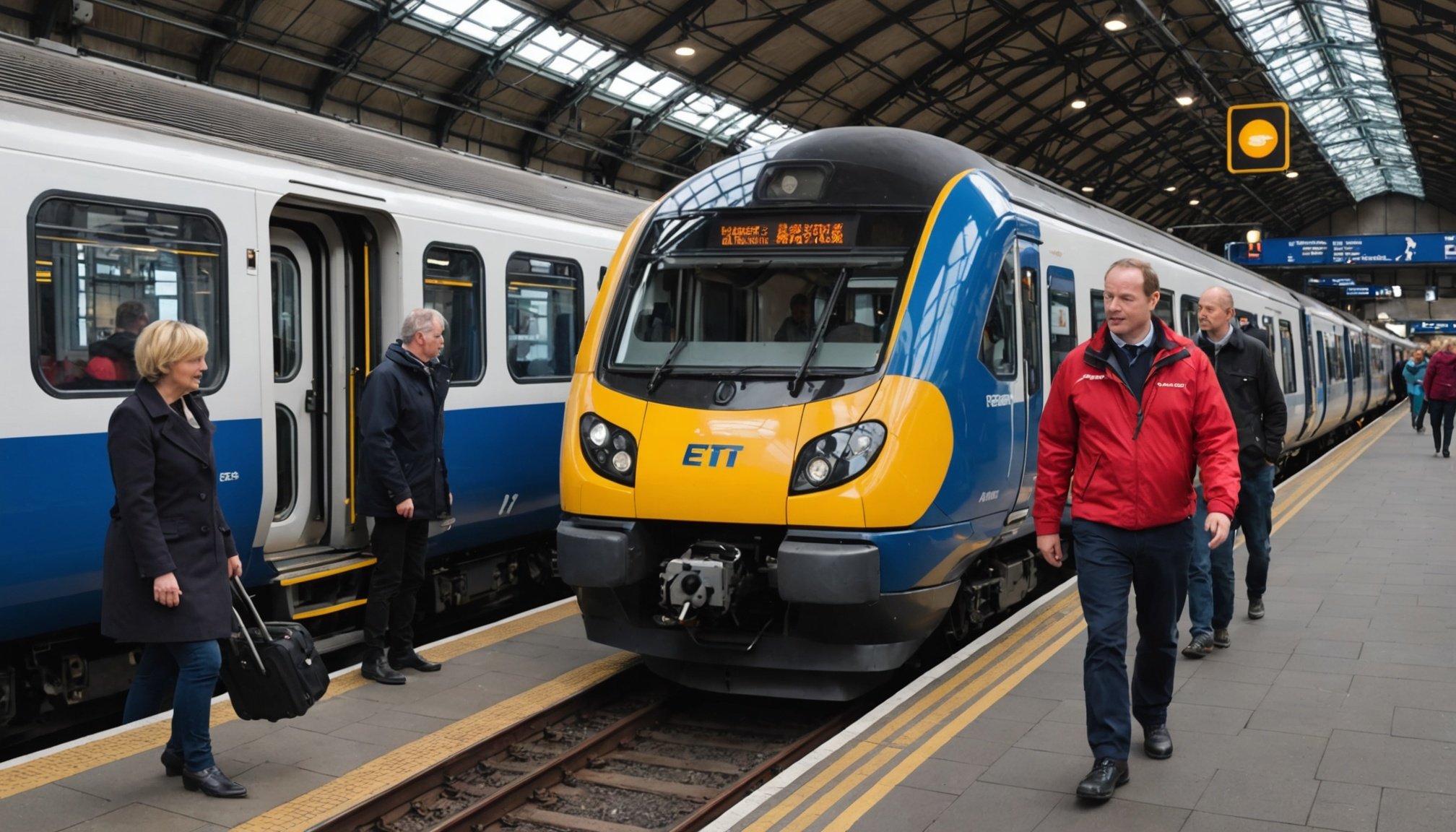Current Challenges Faced by Disabled Travelers
Navigating the UK’s train network presents unique accessibility challenges for disabled passengers. While infrastructure improvements have been made, recurring issues still affect many. One primary concern is inadequate assistance at stations, often due to a lack of staff trained to meet the specific needs of disabled passenger experiences. Many travelers report having to wait extended periods for help or are left without appropriate support to board or disembark trains.
Add into the mix the barriers to travel created by inaccessible station facilities and the problem becomes clearer. Elevators are frequently broken, and ramps for trains are not consistently available, forcing travelers to seek alternative—and sometimes more costly—transportation methods. This reality means that a spontaneous trip can turn into a logistical puzzle.
Topic to read : Revolutionizing patient care: how wearable tech is shaping healthcare monitoring in the uk
The impact of these accessibility issues is not merely logistical. Many disabled passengers experience reduced travel frequency and limited enjoyment of the travel experience. The continuous struggle against these barriers to travel can be disheartening, causing some to avoid travel altogether. Tackling these challenges not only requires policy reform but also a cultural shift in how transport services are equipped and managed for inclusivity.
Recent Developments in Train Services
Advancements in train service innovations are continuously making travel more accessible and efficient. Recent regulations have been a game changer, focusing on accessibility improvements to ensure everyone can access public transport comfortably. These regulations mandate comprehensive adaptations, from level boarding platforms to tactile paving for visually impaired passengers.
In parallel : Transform your space with the candle project in qatar
To illustrate these steps, numerous projects have been launched. For instance, new station designs incorporate ramps and elevators as standard features, making mobility easier for passengers with disabilities. Some stations have also begun employing wayfinding technology, providing real-time assistance for navigating complex station layouts.
Technological advancements have further transformed the rail experience. Features like real-time tracking of train services, digital ticketing systems, and advanced announcement systems cater to a broader audience, enhancing the overall journey. These innovations not only bolster accessibility but also streamline operations, making train travel an appealing option.
Focusing on these disability regulations and projects ensures a more inclusive environment for all travellers. The ongoing commitment to enhancing these aspects showcases the importance of keeping pace with societal needs, paving the way for a more inclusive and efficient rail network.
Successful Implementations and Case Studies
Exploring the realm of successful examples and case studies can shed light on best practices in enhancing train station accessibility.
Train Stations with Enhanced Accessibility
Some train stations have become benchmarks for accessibility due to their significant improvements. Features such as tactile paving, audio-visual announcements, and wheelchair-friendly platforms have garnered praise. The careful integration of these elements has not only improved accessibility for passengers with disabilities but also enhanced the overall experience for all commuters.
Trials of Assisted Travel Services
Innovative assisted travel services have been trialed in various locations. These new services, such as personalized guides and on-demand assistance systems, provide targeted support to passengers needing extra help. Passenger testimonials highlight the increased independence and confidence these services foster, praising their practicality and ease of use.
Partnerships with Advocacy Groups
The role of disability advocacy organizations is pivotal in creating impactful change. Collaborations with these groups have led to meaningful advancements in policies and services. By involving advocacy groups in planning and execution, train stations ensure that the improvements are truly attuned to the needs of all users.
Government Policies and Funding
Governments worldwide are implementing inclusive policy measures to enhance transport accessibility for disabled individuals. These government initiatives focus on integrating accessible features into existing infrastructure and planning for future developments. The effectiveness of such measures is often directly linked to the availability and allocation of funding for transport projects.
Key elements of these policies include the development of accessible entrances, tactile paving, and audible announcements. Governments are also investing in training transport staff to better assist disabled passengers, promoting an inclusive travel experience.
Regarding financial aspects, funding for transport improvements plays a pivotal role. Without adequate resources, policy goals can become unattainable. Current trends show an increase in allocations aimed at upgrading older systems, introducing accessible vehicles, and maintaining existing structures. However, the effectiveness of these initiatives varies greatly.
Critics argue that while these government initiatives are a step in the right direction, funding is often insufficient or improperly distributed, leading to uneven improvements. To maximize the impact of these policies and funding for transport, continuous evaluation and adjustment of resource allocation are essential. Doing so ensures that the specific needs of disabled individuals are effectively met, leading to more inclusive and accessible transport systems.
Future Plans for Inclusive Transport
The future of inclusive transport is promising with various future initiatives aimed at improving accessibility. Upcoming projects focus on enhancing train services for increased accessibility. These enhancements are crafted to cater to passengers with disabilities, ensuring a seamless travel experience. For instance, projects involve station redesigns to incorporate more ramps, tactile strips, and auditory guides.
Long-term strategies also play a pivotal role in realizing a sustainable transport system that is universally inclusive. These strategies include investing in advanced technology to enhance communication aids and implementing feedback systems for continuous improvement. By anticipating future challenges, transport authorities are proactively developing a transport ecosystem that adapts to diverse needs.
In discussing these plans, key stakeholders provide valuable insights into the vision for the future of travel. They emphasize collaboration between government bodies, transport companies, and communities to foster an inclusive environment. These collaborations are central to successful long-term strategies, ensuring that all voices are heard and integrated into the development process.
Through these targeted initiatives and strategies, the goal is to craft a transport network that provides equal opportunities and independent mobility for every passenger, regardless of their disability.











